The regulation-driven purchase of commercial electric trucks carry a lot of unknowns. One of the biggest is their residual value, or how much they will be worth as trade-ins.
Rich Mohr, senior vice president of North America ChargePoint, said the past is a prelude for what is happening with first-generation electric trucks.
Depreciating electric trucks to scrap value
“Three years ago, the biggest risk around fleets adopting electric vehicles was the residual value and the [anticipated] life of those vehicles,” Mohr told me. “Every single fleet [was] depreciating these things down to nothing because we have no clue what they’re going to be worth.”
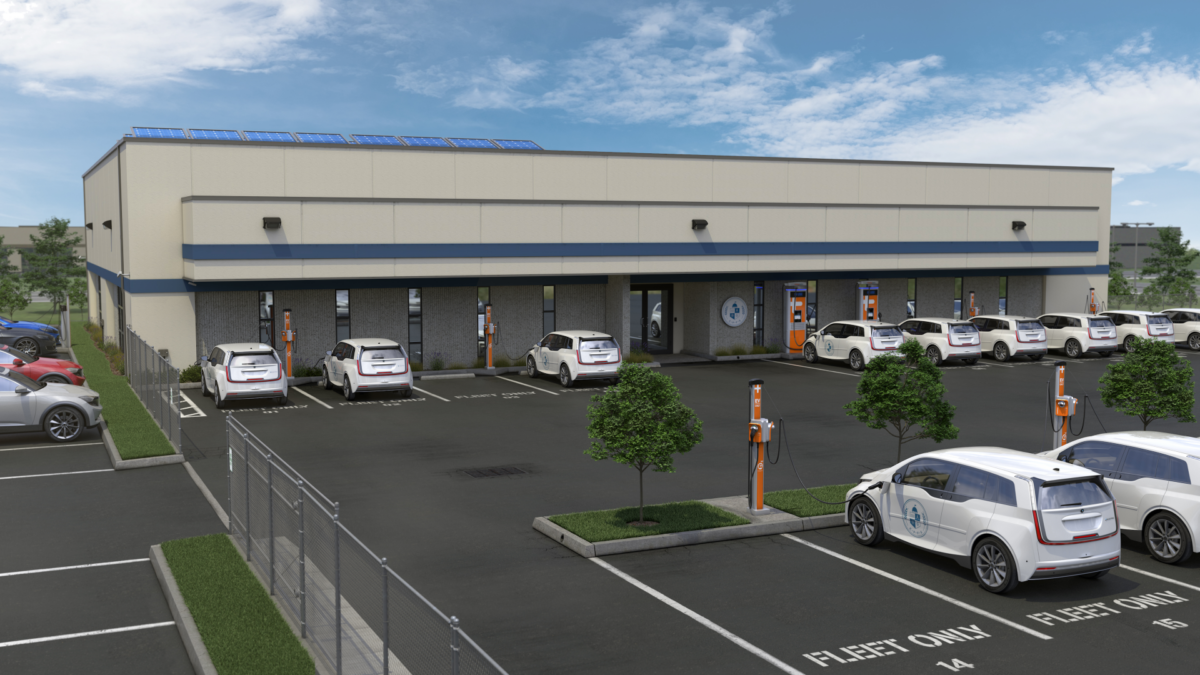
The same situation applied to electric cars until recently. Enough used EVs are showing up in Carvana towers, CarMax and dealer lots that establishing residuals is getting easier as shoppers are revealing what they’re willing to pay.
A lot of early adopters of EVs got stuck financially when they wanted to trade in their cars. The same could happen with early adopters of Class 4-8 electric trucks. Class 1-3 trucks have some protection because of a larger secondary customer base.
“I expected the residual values of electric vehicles to fall dramatically in the first-, second- and third-generation production cycles,” Mohr said. “The cost of that vehicle to produce in the first two generations is going to be the highest. Any commercial OEM that’s producing an electric vehicle is still in that first generation of production or just entering into the second generation.”
Meaningful residual setting for electric trucks 3 to 4 years out
Longer purchase cycles — typically four to seven years — for trucks suggests meaningful residual-setting market data on current purchases is three or four years out.
“Who knows right now?” Mohr said.
“If the vehicles really get the lifecycle that we expect them to, really get the maintenance costs we’re anticipating and really get the [expected] lower fuel costs, there’s no transportation manager that’s going to say ‘I don’t want the vehicle’.”
But anecdotal evidence is mounting that costs associated with using electric trucks are higher than projected. The latest comes from Ryder System Inc. — Mohr’s former employer — which looks at the costs of converting.
We’ll take a closer look at that study next week in Truck Tech with Karen Jones, Ryder’s executive vice president, chief marketing officer and head of new product development.
For more with Mohr, click on this week’s “Catching up with …” video segment below. For his take on other electrification subjects, keep reading.
Commercial truck charging at home is a thing
The slow rollout of electric truck charging infrastructure is leading some electric fleet operators to let drivers charge at home and get reimbursed for their electricity. ChargePoint wants to be, ahem, a conduit to this.
“My ultimate goal was to work with current fleets without them having to abandon their own fleet software, their own TMS [Transportation Management System], their own maintenance system, their own telematics,” Mohr said.
Companies shouldn’t pay extra “just because they added an electric vehicle with a whole other independent system.”
Mohr spent 19 years in a variety of roles, including chief technology officer, at Ryder before moving to ChargePoint in February 2021, where he initially led global fleet operations.
Keeping track of charging costs
“I never wanted to come over to ChargePoint and say ‘I’ve got to invest all this stuff,’” he said. That’s why ChargePoint software can facilitate reimbursement for home or depot charging and, increasingly, on-route public charging.
The $650 million-plus Greenlane public truck charging joint venture by Daimler Truck North America, BlackRock Climate Infrastructure and NextEra Energy Inc. will likely be a catalyst for Class 8 on-route charging.
Home charging is limited to Class 2 or Class 3 vehicles capable of recharging on a 240- or 110-volt circuit. ChargePoint can integrate with popular fuel cards or create a reimbursement record for the fleet.
“It should work just like it does [for] unleaded [gasoline] or diesel vehicles,” Mohr said. “Whether it goes through WEX or whether we have to report to the company the reimbursement, we don’t care. It just has to work. I want it to be as quick and painless as possible to get an EV.”
Mohr: Public charging uptime reliability better than people think
While the charging infrastructure for commercial trucks is in its infancy, reports of spotty or worse reliability for public charging stations for passenger vehicles gets cited as a factor in the slowing adoption of electric vehicles.
Mohr doesn’t see it. He points to investments by ChargePoint and its competitors like EVgo, Electrify America, Blink and others.
“I think the whole network is getting better in the U.S.,” he said. “The utilization of the current network and our roaming partners is at an all-time high because more vehicles are using the network.
Still, Mohr acknowledges public uptime reliability trails the 99% uptime of chargers in ChargePoint’s direct control. Service level agreements are impacted by what operators cannot see.
“You can’t pick up on every cracked screen and every cut cable,” he said. “If the SIM card is down on the network’s down, the payment [system is] broken or there’s zero energy charge, we file tickets and repair those chargers right away.
“If it’s in a multifamily parking garage and I can’t get a service technician in there because a property manager won’t reply, I can’t just barge into the facility and cut power off at the panel.”
Planned Arizona Hydrogen hub could shrink
Fortescue Future Industries has renamed Nikola’s former hydrogen hub Arizona Hydrogen. But the 80 megawatt project to make green hydrogen from electrolyzers faces downsizing because rules under consideration by the Biden Administration could drive costs dramatically higher.
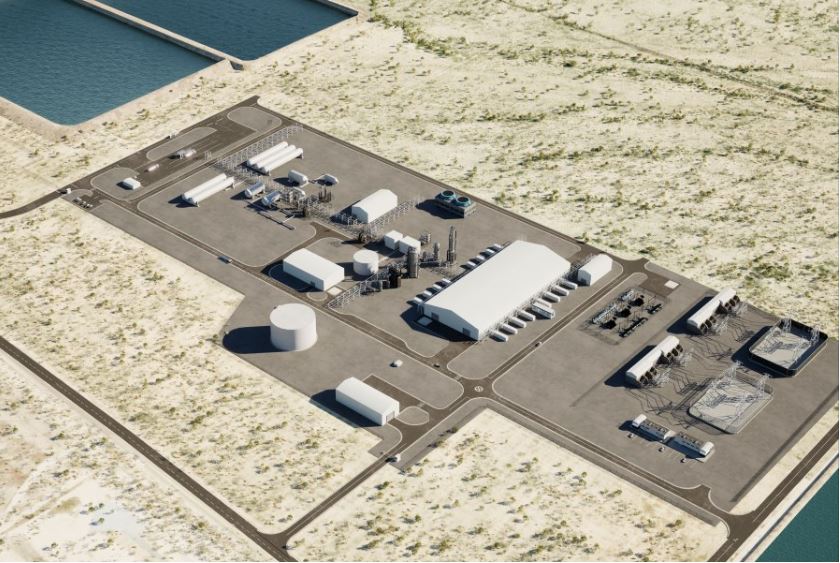
“I support the Biden Administration’s goal to produce hydrogen in a way that prioritizes sustainability. However [the tax credit], in its current form, is a straitjacket on the industry and works against the Biden Administration’s own climate goals,” Andrew Forrest, Fortescue executive chair and founder, said in a May 3 statement.
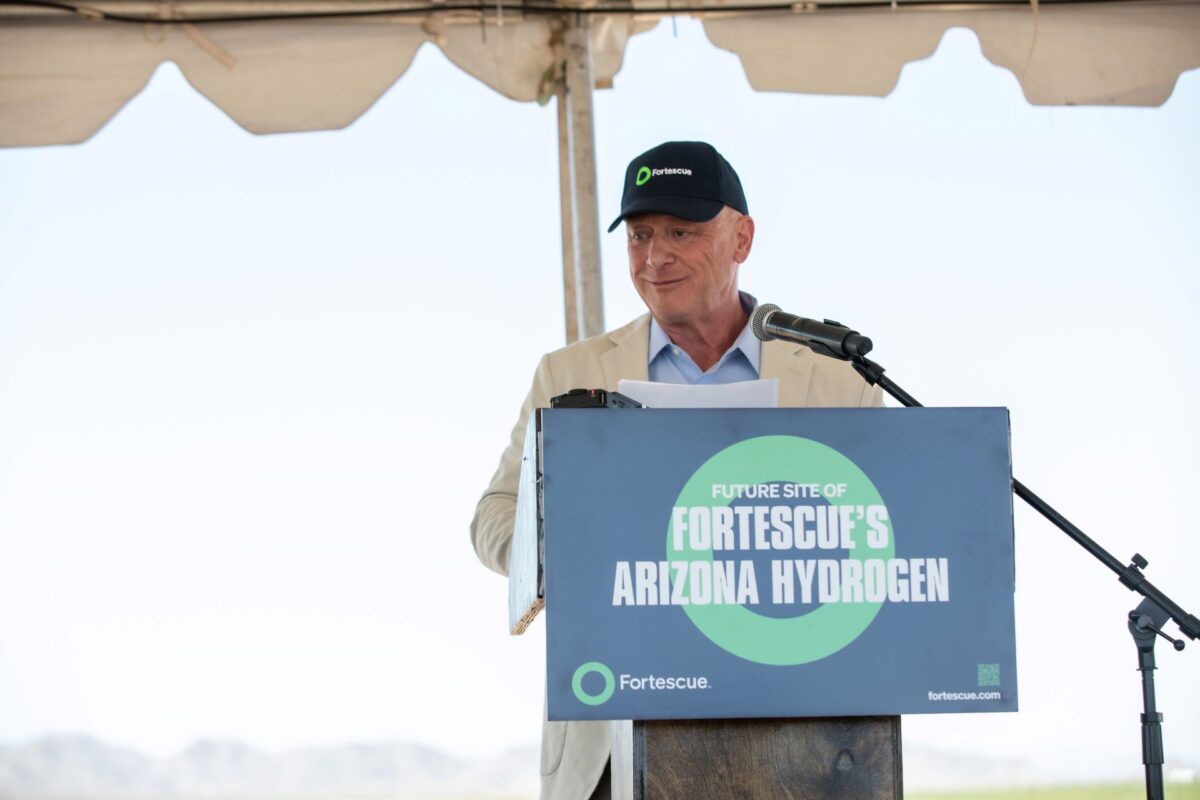
Australia-based Fortescue originally partnered with Nikola on the hydrogen hub in Buckeye, Arizona. Cash-strapped Nikola sold its interest to Fortrescue, a major iron ore and green energy producer, for $24 million in July 2023.
Nikola in February restructured an agreement with Norway-based hydrogen equipment Nel, which will become Fortescue’s supplier of electrolyzers, including some delivered to Nikola in 2020. Nikola received about $11 million for the equipment. It paid more than $30 million.
The 158-acre Arizona Hydrogen facility is part of Fortescue’s $550 million investment in making green hydrogen in the U.S. Arizona Hydrogen expects to produce up to 11,000 tons of liquid green hydrogen annually, significantly contributing to the decarbonization of the heavy-duty on-road transportation sector.
Truck Tech episode No. 65: Daimler marries autonomous and electric truck technologies
Briefly noted …
Motiv Power Systems is calling out its success in the electric step van market, claiming 10 of the top 20 medium-duty fleets nationwide and a 45% market share in California. The company also has completed delivery of 55 electric trucks to Purolator, the first Canadian courier to launch fully electric curbside delivery trucks nationally.
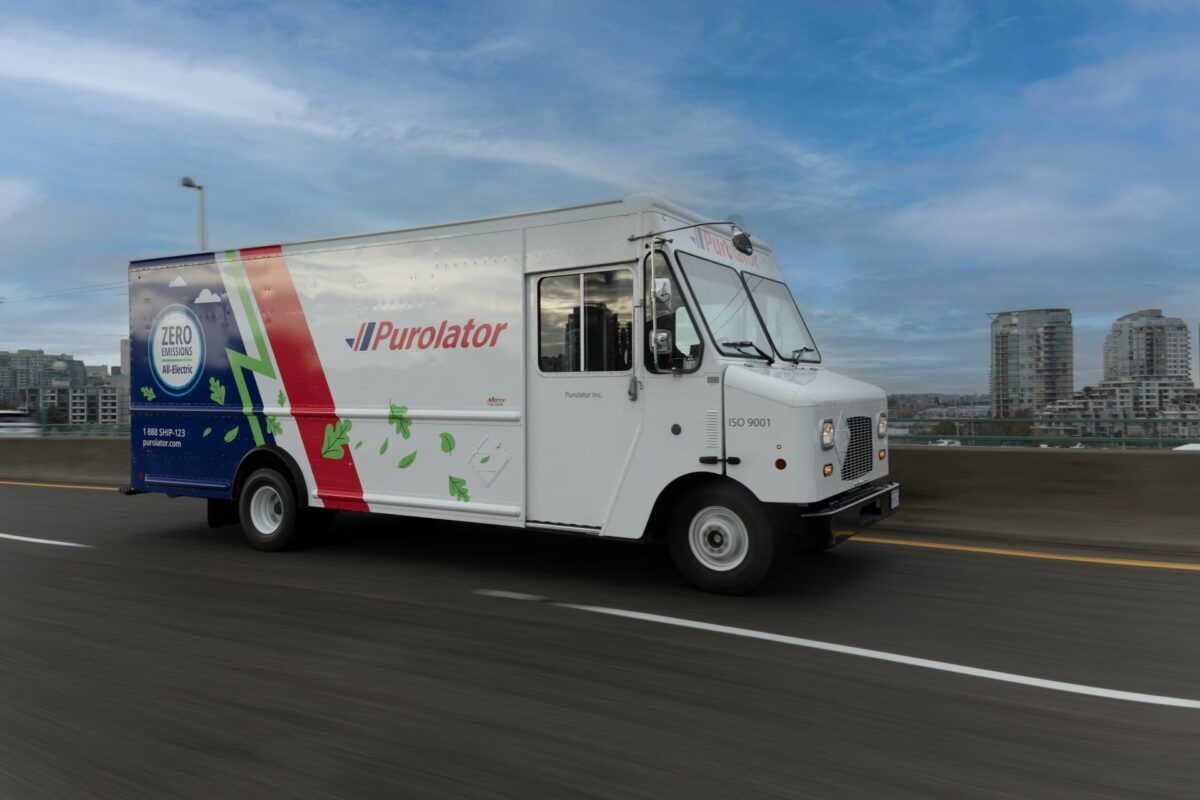
Vehicle lidar maker Luminar will take a $6 million to $8 million charge to cover the cost of laying off 20% — or at least 147 employees, according to TechCrunch — of its workforce.
Amazon is deploying the first of a dozen Volvo VNR Electric trucks operated by J.B. Hunt in California’s ports of Los Angeles and Long Beach, charging them at an offsite Forum Mobility depot. Another 38 VNRs will carry packages between Amazon facilities.
Speaking of the VNR Electric, 4 Gen Logistics is now operating 41 of the Class 8 battery-powered trucks it ordered from Volvo in 2022.
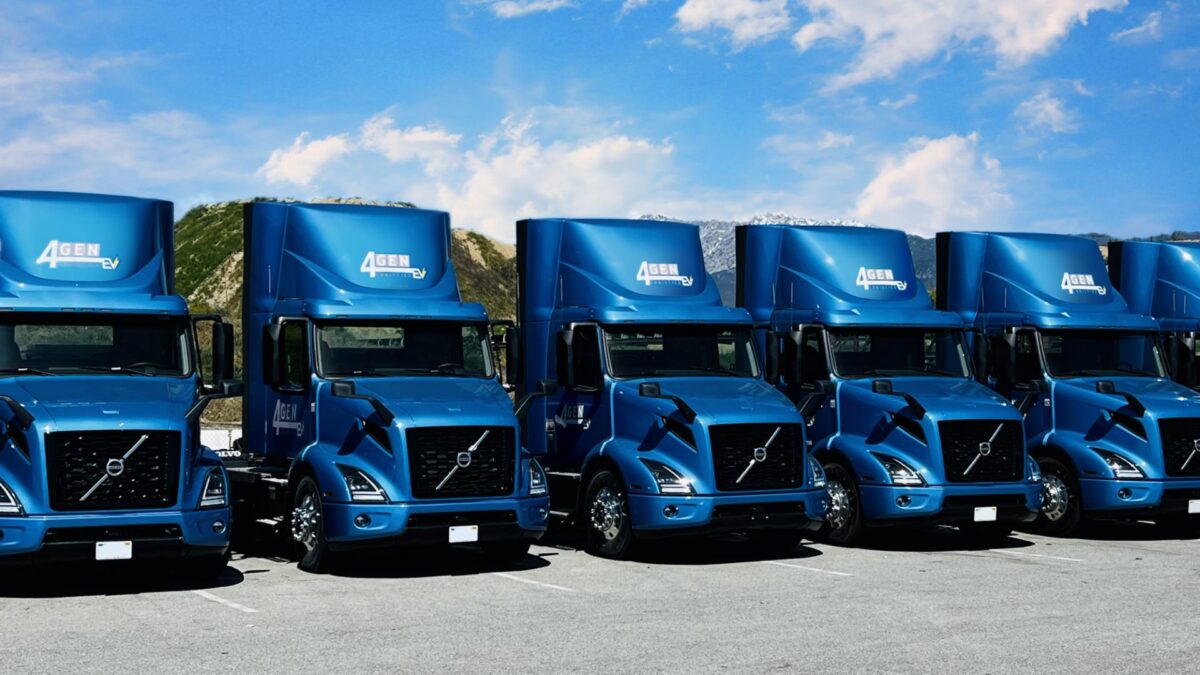
Healthy payday
Finally this week, Paccar Inc. CEO Preston Feight had a really nice year. His total compensation, including $5.2 million in long-term incentive cash, totaled nearly $21 million. The average salary of Paccar’s 30,000 employees was $93,387. Feight earned 224 times as much as the typical worker.
Separately on Tuesday, Feight sold 33,850 Paccar shares at a weighted average price of $106.177, totaling nearly $3.6 million. He also exercised options at a price of $61.26 per share, amounting to about $2.2 million. Feight still directly holds 154,430 Paccar shares.
Hey, if you’re still on the fence about attending the FreightWaves Future of Supply Chain event in Atlanta on June 4-5, here’s a special discount code to help get you to yes.
That’s it for this week. Thanks for reading and watching. Click here to get Truck Tech via email on Fridays. And catch the latest in major events and hear from the top players on “Truck Tech” at 3 p.m. Wednesdays on the FreightWaves YouTube channel. As always, your feedback and suggestions are welcome. Write to aadler@freightwaves.com.










